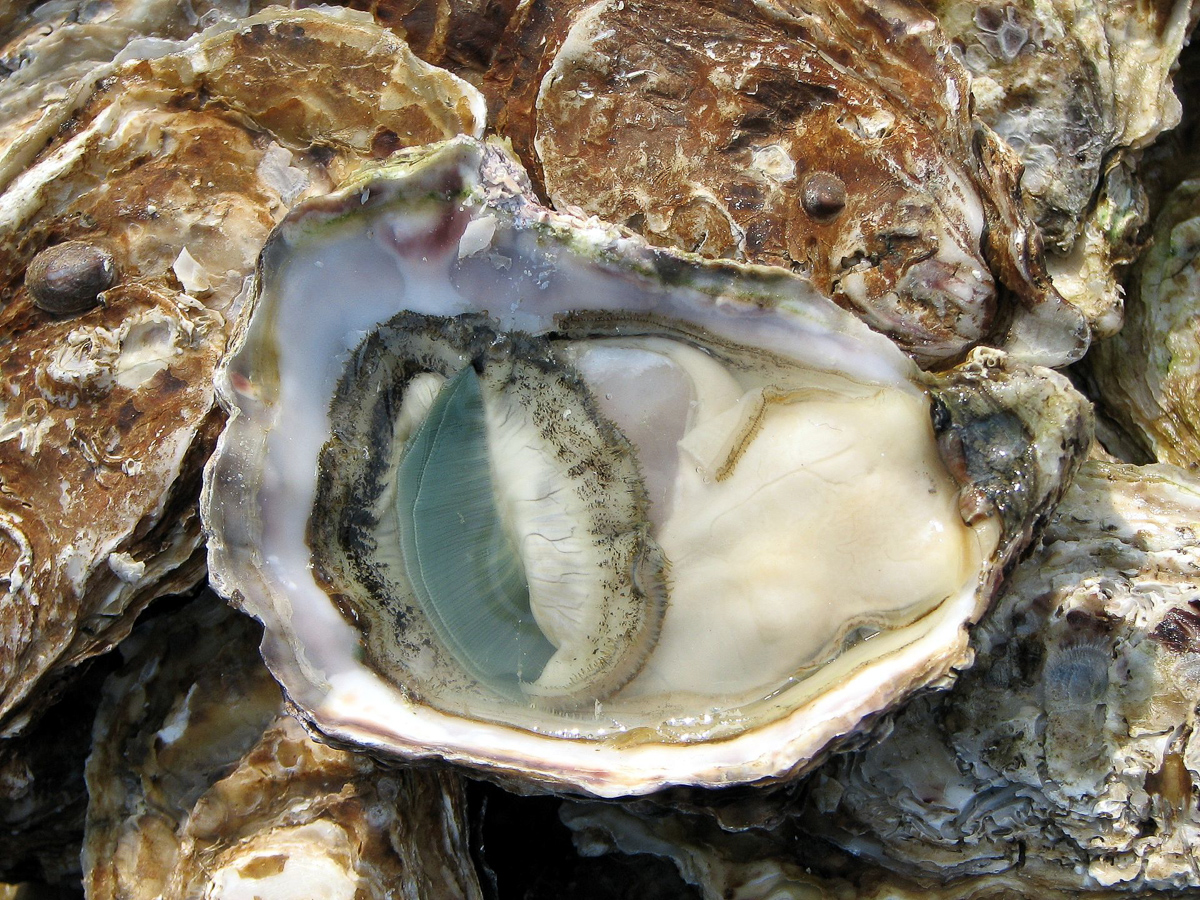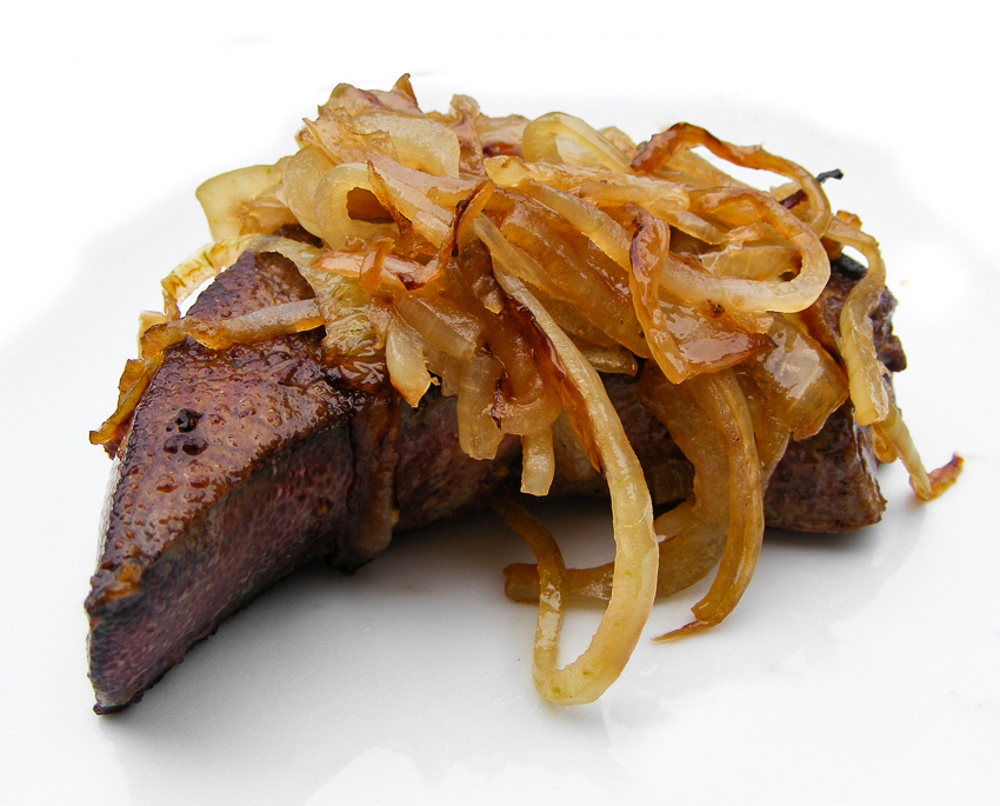Some folks confuse the two as they are both white condiments that are often spread on sandwiches. But they are quite different.
Nope. Mayonnaise is an emulsion of fat and oil, with the fat being egg yolks, along with an acid such as vinegar or lemon juice. Salt is added and often other seasonings. By law, mayonnaise must be 65% oil by weight and the emulsifier must be egg. It’s easy to make at home, but most people rely on the commercial product (don’t get me started on Hellman’s vs. Duke’s!).
Miracle whip, on the other hand, is classified as a salad dressing. The main three ingredients are water (yes, water), soybean oil, and high-fructose corn syrup. Eggs are further down the list. It was developed as a less expensive alternative to mayo and has become very popular. But mayo it is not.
Wild rice is a delightfully tasty grain that has many culinary uses. Its slightly chewy texture and nutty flavor make it a good match in many situations. It’s sort of pricey, though, and many people have never even heard of it. But if you want to give it a try, be aware that all “wild rice” is not the same.
True wild rice grows in shallow lakes and slow-moving streams in the north-central part of the US (Minnesota, Wisconsin, Michigan) and adjacent areas of Canada. It has been a staple food of Native Americans for ages. It is hand-harvested and parched (to remove the husk) using wood fires. It is a medium brown color and is the more desirable (and expensive) kind of wild rice.
The other kind is not wild rice at all, really, as it is cultivated in paddies. Also, it is a genetic hybrid developed specifically for cultivation. It is machine-harvested and dried using artificial heat. It is very dark brown or almost black in color. Compared with the real stuff, it’s a bit chewier, less flavorful, and less expensive.
Both kinds of wild rice can be very tasty and used with great success in many dishes. Just be aware of the differences and shop accordingly.
Monosodium glutamate, or MSG, is a popular flavor enhancer that has gotten an essentially undeserved bad rap on the health front (see here). One more twist to this is the truly bizarre idea that MSG is somehow related to gluten, the protein found in wheat and some other grains that causes nasty reactions in celiacs and others with a gluten sensitivity. Nope, the two are completely unrelated. Perhaps the confusion stems from the two terms being somewhat similar: GLUTen and GLUTamate. A food may contain both gluten and MSG, of course, but that’s a different matter.

A lot of people still believe this but it just ain’t so. There was some validity to it long ago, before refrigeration, when oysters headed to market were more likely to spoil because of the warm weather. And back then, oysters were wild-harvested and there was a greater chance of them being contaminated with red tide or or bacteria, which flourish in warm water. With today’s regulated farming techniques, oysters are monitored for contamination. And, of course, with refrigeration they can be kept nice and cold from ocean to table.
Safety aside, however, some oyster aficionados stay away from oysters from May to August because of the taste–they claim that cold month oysters are tastier and plumper. Be that as it may, don’t let the time of year deter you if you are jonesing for oysters.
For many years I actually believed this, having read it in more than one source that I consider authoritative. The cold, it was claimed, would inhibit the formation of certain flavor compounds. But recently, a well-respected cooking show/magazine did side-by-side taste tests and could detect no difference between ‘maters that had been refrigerated and those that had not. And refrigeration can help tomatoes last longer, too. Of course not-quite ripe ones should be left out to complete the ripening.
This is a commonly believed myth, yours truly included (until recently). But the truth is much more mundane. The term is actually used for the largest peppercorns; they are grown on the same plant and processed just like “regular” pepper. Apparently some people find the large corns to be more visually appealing, so they sometimes command a price premium. Taste-wise, no difference.
As an aside, the city of Tellicherry is now known as Thalassery.
Some folks think that letting a steak sit out at room temperature for 30-60 minutes before cooking leads to better results. The reasoning is that bringing a cold steak up to room temperature results in more even cooking and a better crust. It just ain’t so. For one thing, the steak warms up very little during this time. And even if you let it sit out a lot longer it does not, in tests, make any noticeable difference in the results.
So take your steak out of the fridge ahead of time if you wish–it does no harm–but if you forget, fret not.
This is legal but somewhat deceptive labeling on the part of manufacturers, likely because some people try to avoid MSG (but see below). Check the ingredients–if they include hydrolyzed soy (or vegetable) protein (HSP), then you’ve got MSG. Seems that MSG is an unavoidable byproduct of the manufacture process for HSP and in fact is the main reason that HSP is added to foods. Let’s face it, there’s no denying that MSG makes many foods taste better.
So why isn’t MSG on the label? It seems that it is not required to list things that are “ingredients of ingredients.” For example, if a product contains milk, the ingredient list does not need to say “milk proteins,” and the same for anchovies and salt.
Now onto the sidebar. Why do some people want to avoid MSG? There’s this fantastical idea that MSG is bad for one’s health, for which there is precisely zero evidence. And some claim to get “Chinese restaurant syndrome” from MSG, a phenomenon that seems to be purely psychological. You can read more here.
OK, before you start rolling your eyes, I am well aware that this myth falls, for most people, in the “who cares” category. But who knows, you may find yourself on Jeopardy someday!
From a scientific standpoint, a “fruit” is the part of a plant that contains the seed(s). Thus, apples, oranges, cantaloupes, peaches, and grapes are all fruits. No surprise there! But by this definition, tomatoes, squash, eggplant, cucumbers, okra, peppers, and many other “vegetables” are fruits. True vegetables include lettuce, carrots, potatoes, cabbage, celery, ginger, garlic, asparagus, and so on.
Of course, we all use the common distinction that vegetables are not sweet and are typically eaten with the main course, while fruits are sweet and are more often eaten on their own or as part of dessert.
Many people just plain hate the taste of liver, that’s fine–although in my experience this is almost always because they have eaten overcooked liver, which is indeed awful. But others avoid liver because of the myth that the liver contains lots of toxins that have been concentrated from the blood. It just ain’t so.
The liver does in fact extract toxins from the blood, but then these toxins are converted–metabolized– to waste products and excreted from the body. They do not accumulate in the liver. So if you are like me and love liver, munch away! Just be sure to cook it properly, which means not overdone.


